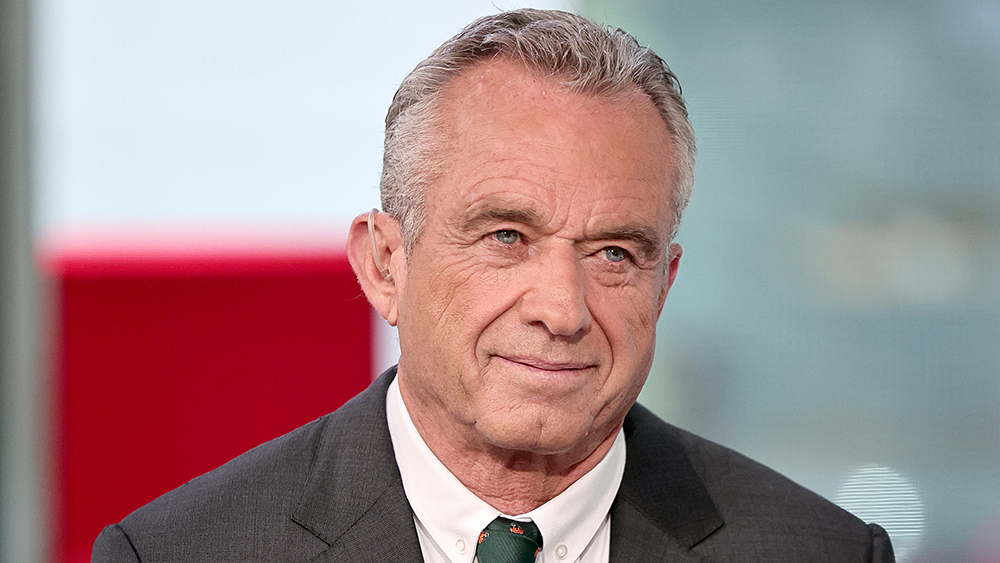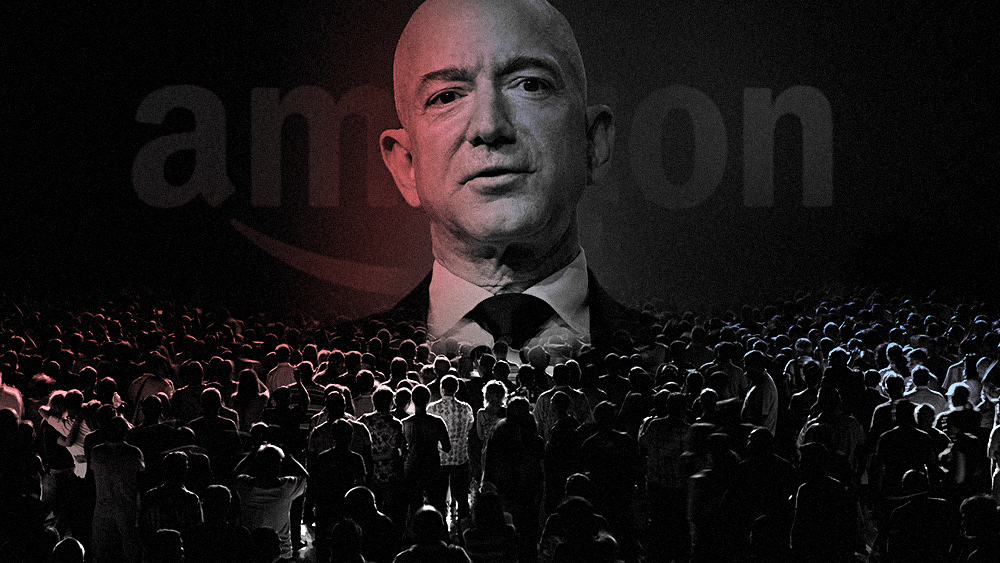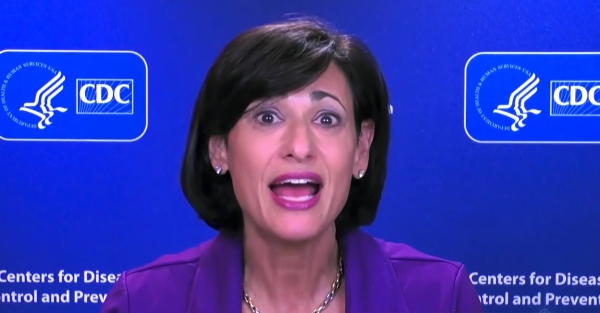Kennedy reinstates essential HHS programs, ensures continuity amid cuts
By isabelle // 2025-04-04
Tweet
Share
Copy

- HHS Secretary Robert F. Kennedy Jr. reinstates essential personnel and programs mistakenly cut in federal workforce reductions.
- Key CDC programs, like lead-monitoring for children, are being prioritized for restoration.
- Some employees will stay on temporarily to ensure smooth transitions, minimizing service disruptions.
- Layoffs targeted administrative redundancies — HR, IT, and communications — while preserving critical health services and research.
- Taxpayer savings from cuts will fund high-impact public health initiatives, proving fiscal responsibility can coexist with effective governance.
Correcting missteps, preserving priorities
Kennedy clarified that the layoffs, which initially slashed 10,000 positions across HHS agencies like the FDA, CDC, and NIH, were never intended to gut indispensable programs. “Personnel that should not have been cut were cut — we’re reinstating them, and that was always the plan,” he told ABC News. The CDC’s lead poisoning prevention branch, which monitors toxic exposure in children, was among the first flagged for restoration — a decision applauded by local health officials reliant on its support. Milwaukee Health Commissioner Mike Totoraitis, whose team urgently needed CDC assistance to address lead contamination in schools, voiced cautious relief. “If our program is reinstated, that is fantastic news. We need this for our nation,” said Erik Svendsen, the branch’s former director. HHS later clarified the program’s functions would continue under consolidated offices, ensuring no lapse in protecting children from preventable harm. Kennedy’s approach mirrors promises made during the restructuring’s rollout: an 80% reduction in redundant administrative roles — IT, HR, and communications — while maintaining core services. "And one of the things that President Trump has said is that if we make mistakes, we're going to admit it and we're going to remedy it, and that's one of the mistakes," he said.Streamlining without sacrificing safety
Critics, including ousted bureaucrats and unionized federal employees, have protested the cuts outside agency headquarters, accusing the administration of recklessness. But Kennedy insists the reforms target inefficiencies, not expertise. For instance, the FDA’s drug-review divisions and NIH research grants remain largely untouched, while bloated middle-management layers face elimination. Temporary extensions for some employees further reflect pragmatism. “This decision is focused on ensuring that the transition is as seamless as possible, minimizing any disruption to the agency's mission and operations,” said HHS spokesperson Andrew Nixon. The measured phaseout contrasts with apocalyptic predictions from opponents, who falsely claimed vaccines or infectious disease tracking would suffer. Instead, Kennedy’s team has identified redundancies — like 15 separate CDC communications offices — as prime candidates for consolidation.A healthier, leaner future
The HHS overhaul, while contentious, signals a long-overdue reckoning with bureaucratic sprawl. Taxpayer savings from the cuts — reducing HHS staffing from 82,000 to 62,000 — will be redirected to high-impact initiatives, including Kennedy’s proposed “Administration for a Healthy America.” By retaining critical programs like lead surveillance and reinvesting in public health infrastructure, the secretary is proving fiscal conservatism and effective governance need not be at odds. Sources for this article include: Reuters.com USAToday.com ABCNews.go.com CNN.comTweet
Share
Copy
Tagged Under:
Donald Trump politics CDC FDA big government patriot HHS layoffs rational RFK Jr progress goodhealth streamlining inefficiencies workforce reductions redundancies effective governance
You Might Also Like
Curcumin and resveratrol are two of the most powerful antioxidants ever discovered
By HRS Editors // Share
Amazon’s last-minute TikTok bid faces skepticism as Trump’s deadline looms
By Cassie B. // Share
New natural gas-powered AI data center unveiled in Pennsylvania
By Willow Tohi // Share
Recent News
Kennedy reinstates essential HHS programs, ensures continuity amid cuts
By isabelle // Share
Curcumin and resveratrol are two of the most powerful antioxidants ever discovered
By hrseditor // Share








